
In this edition of Making a Moment, Guido Rocatti (aka @ruido) tells us about his trip to Guatemala, a hike to an active volcano, and shares why the experience connected him with his late grandmother.

In this edition of Making a Moment, Guido Rocatti (aka @ruido) tells us about his trip to Guatemala, a hike to an active volcano, and shares why the experience connected him with his late grandmother.

Photo by Blake Kunin
More photos from past zines, magazines, and books.
Click here to check what we have available.

Photo by Brian David Stevens
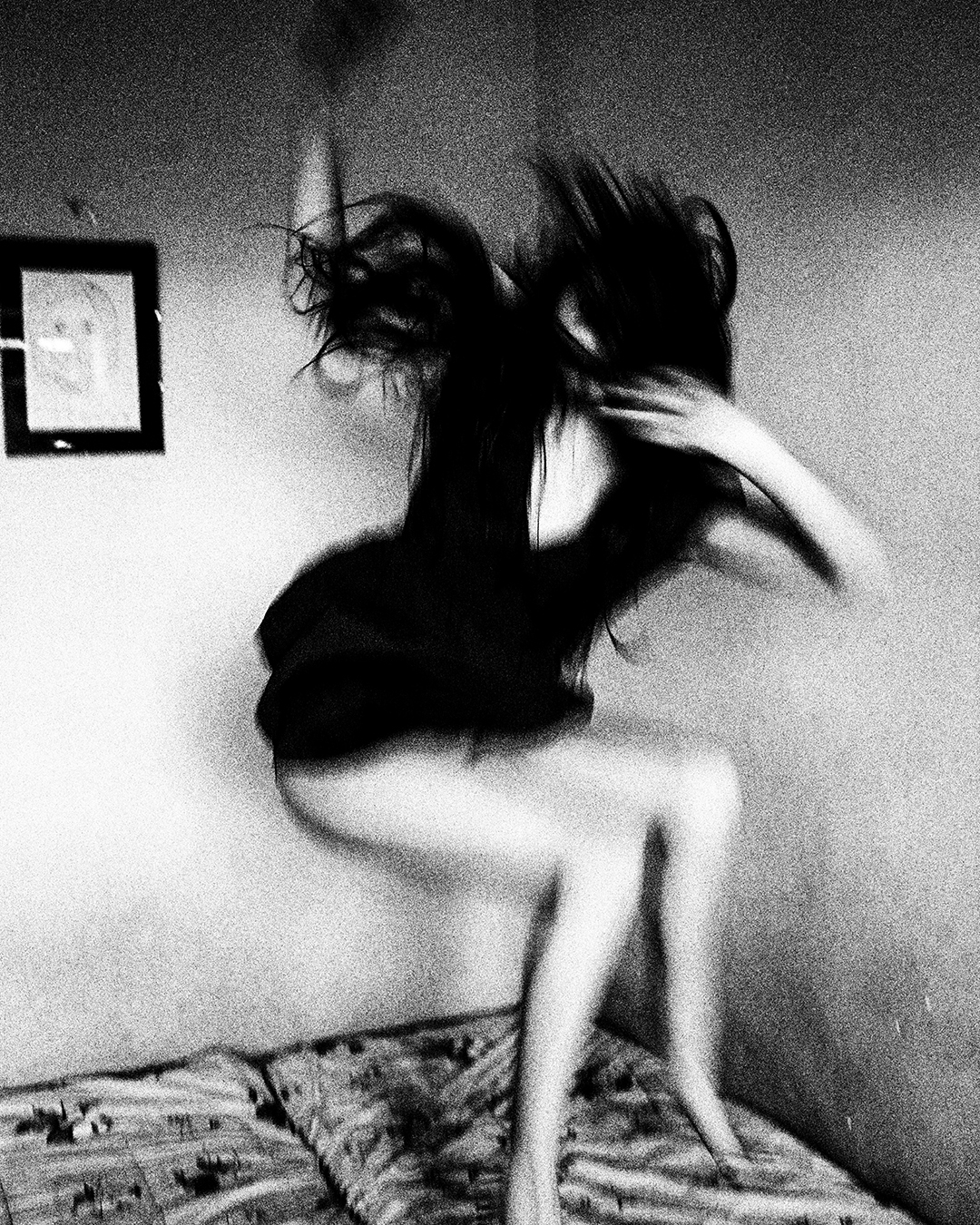
Photo by Magdalena Wywrot

Photo by Chris Leskovsek
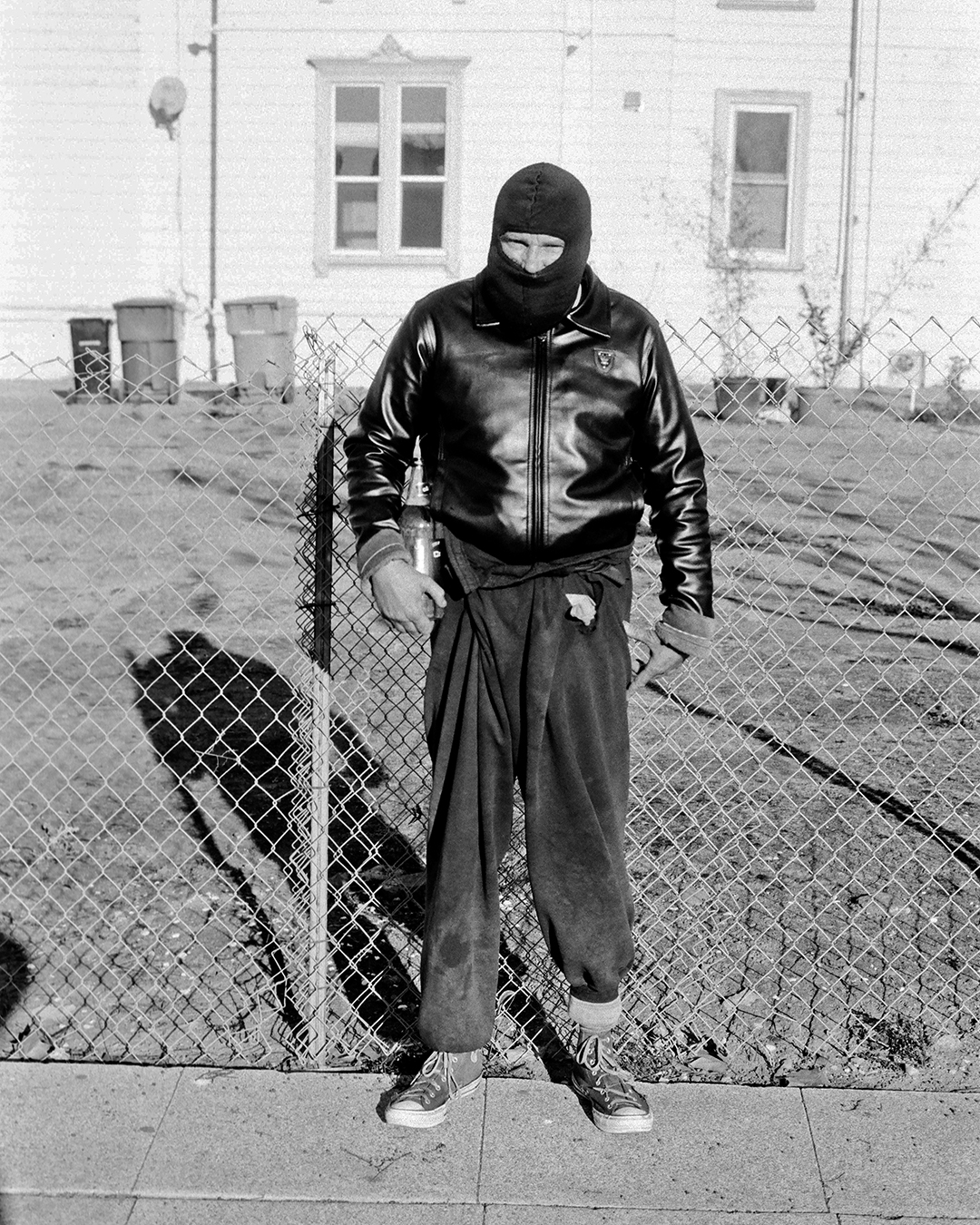
Photo by Jai Tanju

“Hussar” (2022), mixed wood, 71 x 81 x 26 centimeters. All images © Han Hsu-Tung, shared with permission
Digital and analog realms collide in the dynamic sculptures of Taiwanese artist Han Hsu-Tung (previously). Using soft western redcedar or Laotian fir, Han carves wooden animals and figures that are whisked into pixels, which appear to dissolve and float away from the central form. One of his most recent works, the stately warrior-like “Shaolin,” also features a kinetic component that shifts the blocks in jarring, horizontal movements. Taking approximately three to four months to complete, each work blends a computerized vision with the traditional medium as it draws attention to the scattered nature of the virtual world and how individual elements are essential to the whole.
Explore more of Han’s fragmented sculptures on his site and Instagram.

“Sunset Clouds” (2022), mixed wood, 57 x 43 x 14 centimeters

“Shaolin” (2020), western redcedar, 130 x 78 x 40 centimeters

Detail of “Hussar” (2022), mixed wood, 71 x 81 x 26 centimeters

“The Dawn” (2021), western redcedar, 101 x 77 x 40 centimeters

Detail of “The Dawn” (2021), western redcedar, 101 x 77 x 40 centimeters

“The Pacific” (2020), western redcedar and Laotian fir, 180 x 150 x 84 centimeters

Detail of “Sunset Clouds” (2022), mixed wood, 57 x 43 x 14 centimeters
Do stories and artists like this matter to you? Become a Colossal Member today and support independent arts publishing for as little as $5 per month. The article Wooden Pixels Dissipate from Han Hsu-Tung’s Fragmented Figurative Sculptures appeared first on Colossal.
Lee Shulman, the creator of The Anonymous Project, invited Blind to his small Parisian studio. The collector and his team receive, select and sort thousands of slides of unknown people and give them a second life.
L’article The Anonymous Project: Slide Attitude est apparu en premier sur Blind Magazine.
We speak to Jim Mortram, who is this week's In Focus interview. Jim is an award-winning Social Documentary Photographer and the creator of these photo stories: Small Town Inertia.
This portrait with Carl, as always for me, was made with HP5 Plus pushed to 800. When I first met Carl & began collaborating with him on sharing his story he was in a bad place. We would talk often but it was maybe six years before he was ready to have his portrait made. Working in low light is often a challenge, one I love.
The circumstances kind of steer everything into a moment of stillness, much like the relationship between painter & sitter, which really aids in the physicality of making a photograph within these conditions, this was 1/15th sec and handheld. This was maybe the third roll of film I’d ever exposed, hand developed at home.
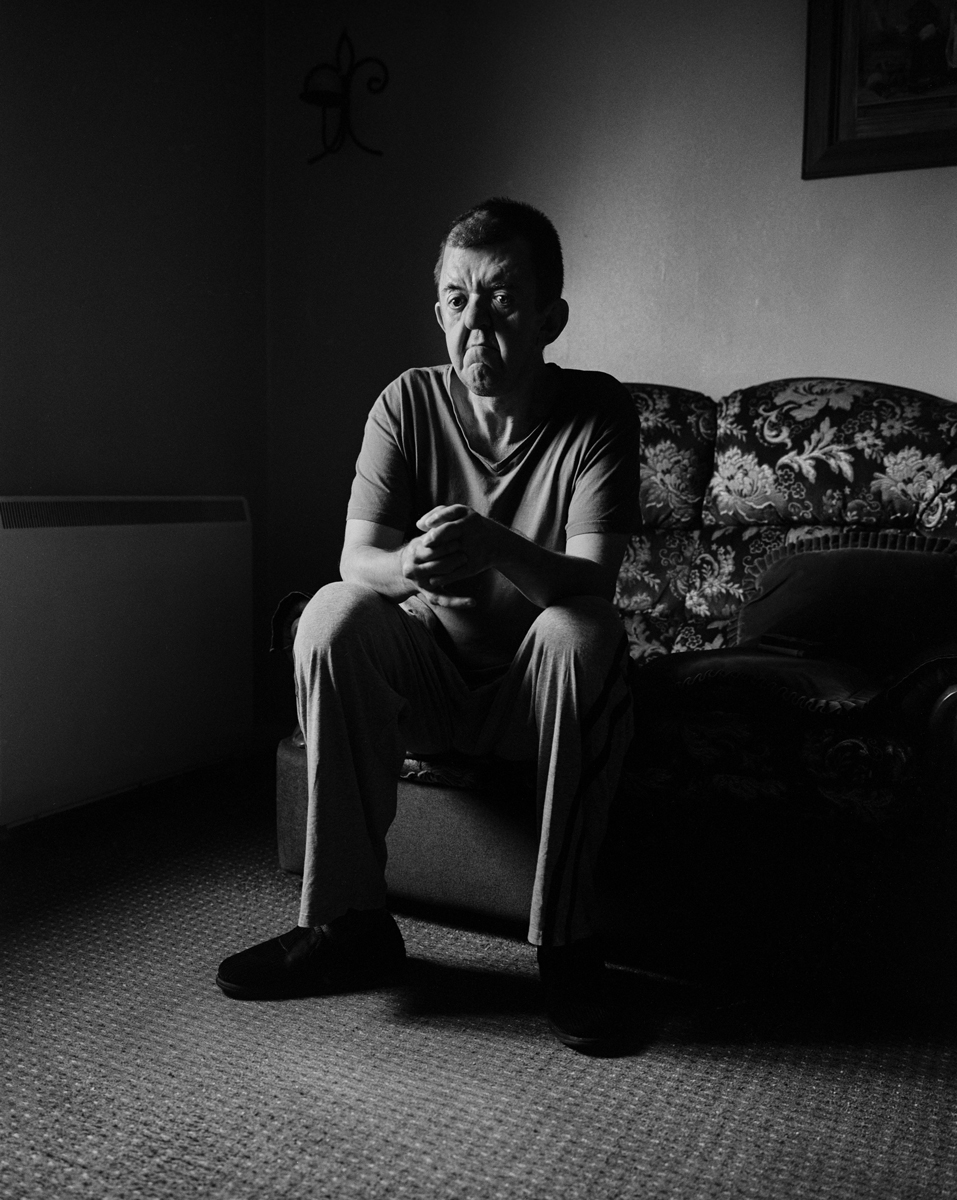
Carl
I’m firstly a principle unpaid carer for my Ma, I quit art school in the 90’s to return to the family home to look after her. About 15 years in I was loaned a camera & quickly discovered that what I wanted to do with the rest of my life was to amplify the stories of those within my local community that were enduring the pressures & stresses of policies that were punishing those of the epidermis of the community, especially policies like Austerity.
I’d learned upon & primarily used an old (now) Nikon D700 DSLR which really suited my budget, I bought it used & still use it today for the bulk of my documentary work. After a time though I began feeling the pull of film. I wanted a more rewarding process than sitting at a desk facing a PC for hours & I also had a deep desire to learn something new. Film also knitted into my plans for a new book, that will be a real love letter to my town & its people, primarily portraits & landscapes. Much slower than the documentary work that I make, more painterly.
Donna Ferrato. Few are as brave, relentless in their pursuit of righteousness or as visually literate as Donna. She’s the GOAT.
Probably the best thing I’ve learned from the many people that inspire me is about conduct behind the camera & after the photograph is made. A camera is just a paperweight until we pick it up, our intent is everything.
After I complete Small Town Inertia 2 I’ll finish 3, which will be 100% film.
Well, it’s tricky at the moment as I’m shielding at home. Covid is very high in our area & as a carer I have to place the safety of my family first & also those that I collaborate with, many of whom are high risk to Covid also... but as soon as its safe I’ll return to all I do!
Complete the books I’m working on.

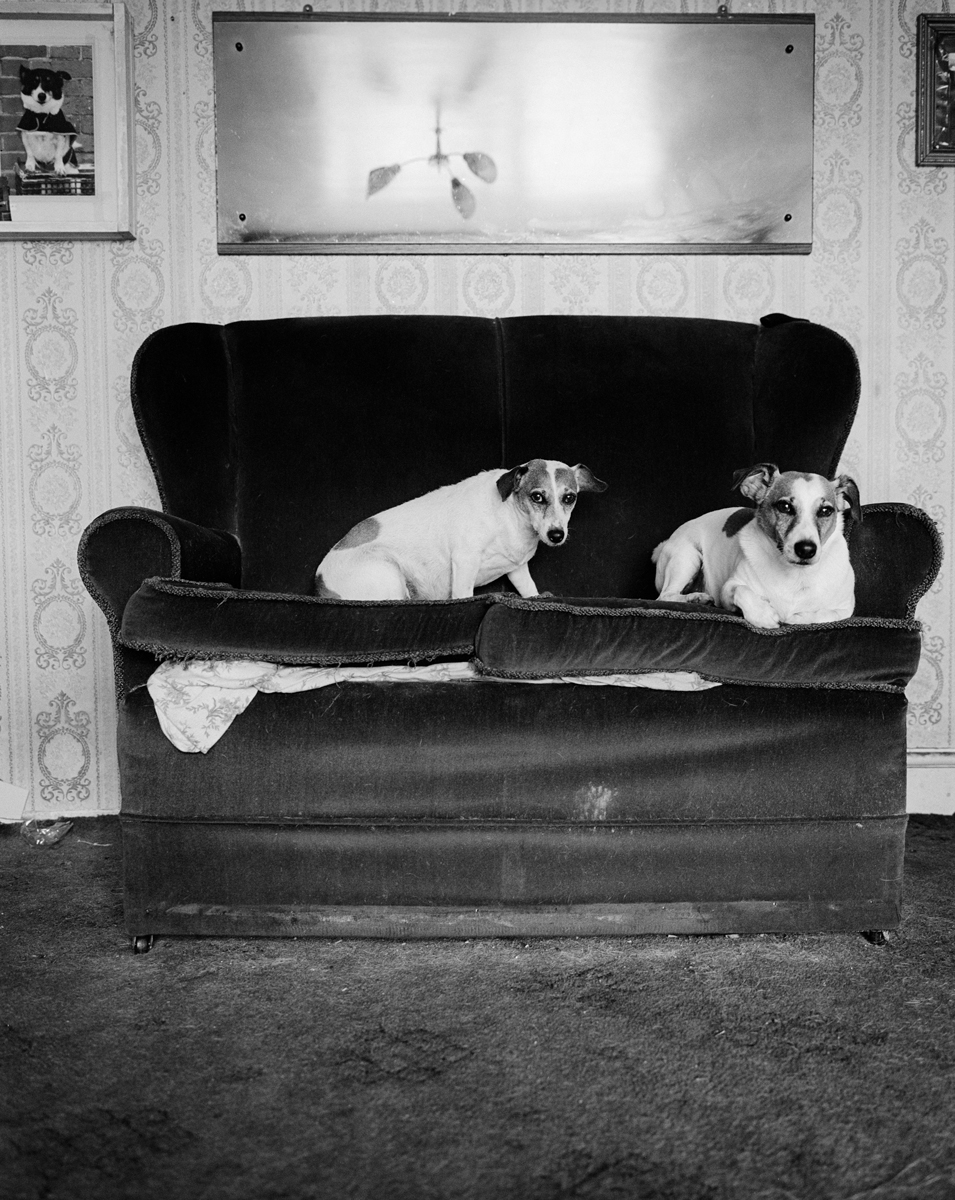

We all need a bit of inspiration and love so this is your chance to tell the community about yours – from the film photographers whose work inspires you, the labs you trust with your film, your ‘go to’ film photography stockists, your favourite community darkrooms or just anyone in the community who you feel deserves a special mention.
https://www.instagram.com/gilesduley Makes the most amazing work, a true force of nature, always illuminating & fighting for survivors of wars.
https://www.instagram.com/donnaferrato Made ‘Living with the enemy’ & for over twenty years, has been documenting the effects of domestic violence on abused women and their children.
https://www.instagram.com/dona_ann_mcadams Maker of the most beautiful prints & photographs.
https://www.youtube.com/c/japancamerahunter is my go to.
https://www.wexphotovideo.com have always been amazing.
http://www.londondarkroom.com The best B&W printers in the UK.

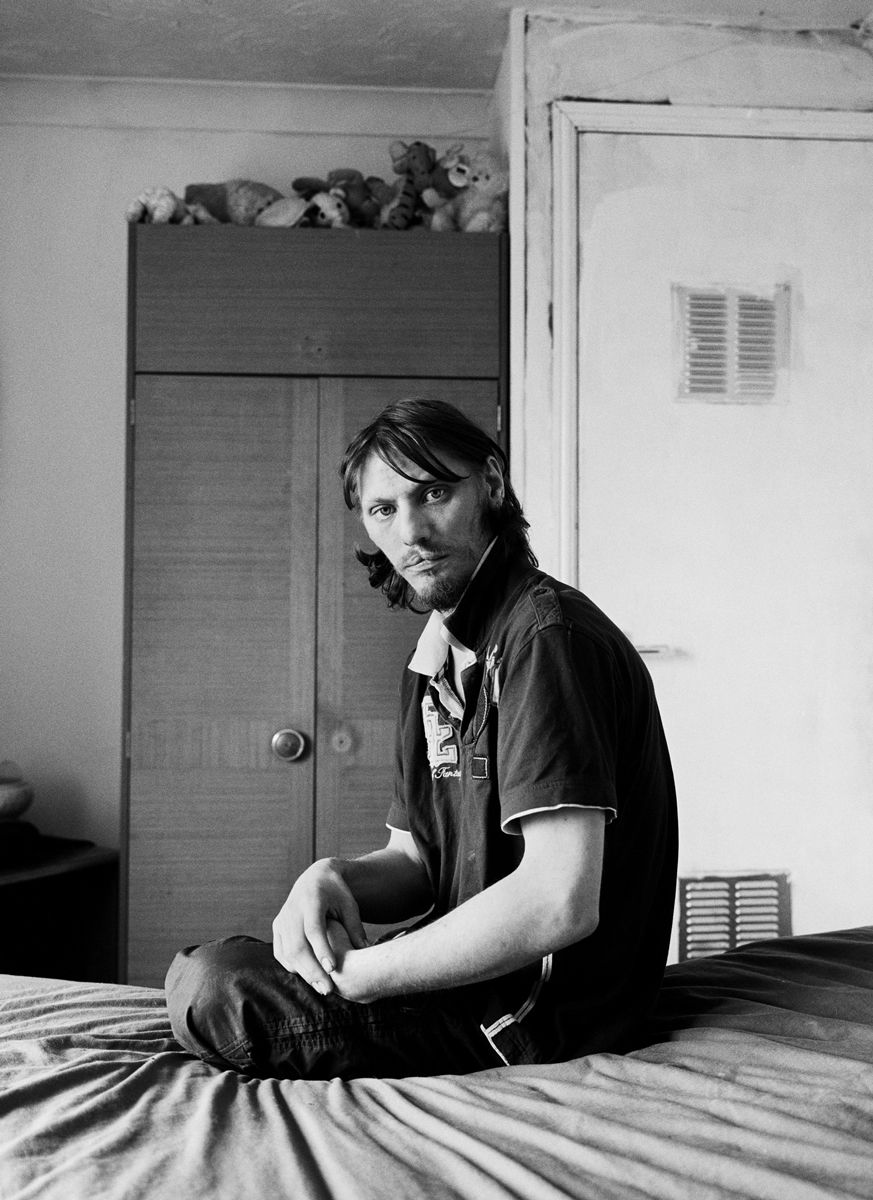
If it's working & I can get my hands on it, I’ll use it.
Audio recorder.
HP5 plus all the way, it’s the greatest!

The post wordpress-seo$s appeared first on Ilford Photo.

All images © Levon Biss, shared with permission
A photographer known for using the macro to investigate the micro, Levon Biss (previously) continues his explorations into the vast world of entomology. His recent butterfly pupae series centers on “the diversity of design and form” through illuminating portraits of approximately 30 specimens as they undergo metamorphosis and complete the final, most vulnerable stage of the transition from adolescence to adulthood.
Otherworldly and bordering on the bizarre, many of the chrysalises have evolved to be deceptive in appearance, acting as necessary camouflage from potential predators by impersonating nearby plants and surroundings: some mimic the natural, like those that imitate a rotting plantain or mossy hunk of bark, while others are more artful, like those spotted with Kusama-esque dots or cloaked in a mirrored gold coating. The photographs are “intended to be both entertaining and educational,” Biss shares, “allowing the viewer to appreciate the diversity in the subject whilst appreciating the intricate details that evolution has created.”
Pick up a print of the unearthly images, and find more from the collection on Biss’s site and Instagram. If you’re in New York, you can also see his Extinct and Endangered series at the American Museum of Natural History.






Do stories and artists like this matter to you? Become a Colossal Member today and support independent arts publishing for as little as $5 per month. The article Photographer Levon Biss Illuminates the Strange, Otherworldly Chrysalises of Butterfly Pupae appeared first on Colossal.

All images © Sarah Ross, shared with permission
Among American cities, Los Angeles has a reputation for being particularly car-centric, and it lacks the infrastructure for walkability or a robust public transit system. This choice of design is inherently political, as it makes commutes and travel across neighborhoods more inaccessible for people who don’t drive.
There’s also the fact that public spaces available to pedestrians generally aren’t constructed with comfort in mind, an issue Chicago-based artist Sarah Ross sought to remedy back in 2005 with the satirical Archisuits. Absurdly shaped, Ross’s four leisurewear pieces bulge with supports that perfectly fit into the negative space of benches, fences, and building facades. The designs draw a contrast between the soft, bendable wearables and the cold, rigid architecture, which the artist describes as “an arm of the law, a form that uses the built environment to police and control raced, classed, and gendered bodies.”
Nearly twenty years later, the project retains its original relevance and has gained new urgency as the climate crisis requires mass reduction in car use and an overhaul in how we collectively conceive of public areas. Ross shares with Colossal:
The same issues are happening where people are criminalized for being poor, black, brown, or disabled in public space. In many places around the globe, there is a turn to the right a monopoly of power is concentrated into the hands of the very few. We continue to live in siloed, segregated worlds.
Find more of the artist’s projects that consider how politics inform spaces on her site.




Do stories and artists like this matter to you? Become a Colossal Member today and support independent arts publishing for as little as $5 per month. The article Designed for Leisure, Sarah Ross’ ‘Archisuits’ Question the Inhospitable Environments of American Cities appeared first on Colossal.

All images © Blu, shared with permission
The legendary anonymous street artist known as Blu has spent his career critiquing the ills of capitalism, the carceral system, and the destruction of the environment, among myriad other problems afflicting the world today. One of his most recent projects brought him back to Sensemurs Valencia to paint a charged mural protesting the expansion of the port in the Spanish city.
The 2022 festival centered around the government’s extension of the industrial area to the north, which would “mean, among many other things, the final lunging to the beaches of l’Albufera (and) the multiplication of air pollution of ships and truck traffic.” Part of a movement to halt the proposal, the public art event brought several muralists to the city, including Blu, whose multi-part work features a battle between fist-shaped trees and port defenders. Similar to some of his earlier projects, this piece is designed as a sequence that when photographed and stitched together, creates an animation. Yellow shipping containers morph into armored guards, who are swiftly pummeled and destroyed as nature resurges from the ground.
To see more of Blu’s recent works, including a piece speaking to the current fossil fuel crisis, visit his site and Instagram.






“Balsamorhiza” (2022), Lesher Center for the Arts, Walnut Creek, California. All images © Mona Caron, shared with permission
Towering far above their real-life counterparts, the wild specimens that populate Mona Caron’s murals emphasize nature’s inherent beauty and resilience. Clusters of pink petals peek out from behind curled milkweed leaves in Denver, while the wispy stalks of a euphorbia plant sprout flowering tendrils on an apartment complex in Bellinzona, Switzerland. Many of the botanic murals shown here are part of the San Francisco-based artist’s ongoing Weeds series, which places flourishing plants among largely urban environments as a metaphor for the endurance of the natural world.
Caron (previously) has been prolific as of late, having worked in several cities around the world, and you can find glimpses into her process and information about her subject matter on Instagram.

“Milkweed” (2022), in Denver, Colorado, for Broadstone Kendrick

Detail of “Balsamorhiza” (2022), Lesher Center for the Arts, Walnut Creek, California

“Euphorbia” (2021-2022), Bellinzona, Switzerland

“Euphorbia” (2021-2022), Bellinzona, Switzerland

“Milkweed” (2022), in Denver, Colorado, for Broadstone Kendrick

Detail of “Milkweed” (2022), in Denver, Colorado, for Broadstone Kendrick

“Quebra-tudo, Abre Caminhos” (2022), in collaboration with Mauro Neri

“Quebra-tudo, Abre Caminhos” (2022), in collaboration with Mauro Neri

“Written in Water.” All images © Paul Nicklen, shared with permission
It is a common understanding in writing studies that to recount a disastrous event in literal and graphic detail may damper the purpose of the story by pushing the reader away. In order to elicit experiential feelings, writers often learn to employ tools and strategies such as metaphor, poeticism, and structure. This could also be understood as an exercise in empathy because rather than force the reader to feel by summarizing the experience for them, the writer creates an environment where one can reach for closeness and camaraderie in their own ways.
Paul Nicklen, pioneering conservation photographer (previously), calls nature “the first and greatest artist” in his latest collection, the Delta Series. To expand Nicklen’s statement across disciplines, nature may also be the first and greatest writer. In the series, he captures the vestiges of the Colorado River that trickle, roar, and finally, crawl their way down to Baja, Mexico. Though the silt itself is the site of tragedy, traces of freshwater gorgeously spread like branches, or fingerprints, or lungs, or as Nicklen writes, like veins.

“Arbol de Vida”
These lines not only tell the story of the “megadrought,” a term scientists use to describe the impact of the climate crisis since the year 2000 on an already dry West—as of June, both the U.S. and Mexican governments have agreed to release water from irrigation canals and restore the ecosystem in Baja—but they also craft the effects of reduced snowpack, thirstier soil, and higher temperatures into a grand metaphor for the interconnectedness of life. Even in the midst of ruin, nature speaks in symbols. With its last breath, the river reaches for its kin: the ocean. Unable to meet that immense body, the water carves its final words into the landscape. The familiar shape of its sprawl reminds us that we are inseparable, intimately woven into each other, and share responsibility for every living thing around us until the very end.
Nicklen’s Delta Series is on view as part of Evolve, which opens on October 1 at Hilton-Asmus Contemporary in Chicago. See more of the photos on his website and Instagram.

“Arterial Shadows”

“Amber Crossroads”

“Painted Forest”

“Arterial Poetry”

Images from the book ‘Love Immortal’ by Anthony Cavo, shared with permission. Copyright © 2022 by Anthony Cavo, reprinted courtesy of Harper Design, an imprint of HarperCollins Publishers
After the first known photograph was taken in 1826 by Joseph Nicéphore Niépce from the upstairs window of his home in Burgundy, France, the world became enthralled by the newfound ability to capture their loved ones—and their furry friends—for posterity. Love Immortal, a new book by antique dealer and collector Anthony Cavo, underscores the timeless and universal recognition that, to many, dogs are a fundamental part of the family.
When he was seven years old, the author began trawling New York City neighborhoods with his red wagon on the hunt for treasures. A chip off the old block—his father was also an antique dealer—Cavo grew up with a deep-seated love and appreciation for vintage objects, especially photographs, and for more than fifty years, he has been compiling an incredible catalogue of images, including hundreds of portraits of dogs and their doting owners.
The new volume published by Harper Design features more than 200 photographs made between 1840 and 1930 that span the medium’s technological spectrum, from Daguerrotypes to Ambrotypes, tintypes to cartes de visite, to sepia and black-and-white images. Portraying beloved terriers, retrievers, or hounds as expressive and lively as if they could leap off the table, run out of the frame, or—doing what dogs do best—doze off at any moment. You can find a copy at Bookshop.org. (via PetaPixel)








Scott Ramsay, Mbeli Bai, Nouabale-Ndoki National Park, Republic of Congo, western lowland gorilla. All images courtesy of Prints for Wildlife, shared with permission
African Parks, a nonprofit focused on conservation and protecting endangered species, is behind several efforts to address the loss of biodiversity across the continent, and its latest initiative is to preserve 30 million hectares of parkland by 2030. Prints for Wildlife is supporting the effort through its annual fundraiser, which sells limited-edition works from more than 100 photographers around the globe. This year’s collection includes a diverse array of animals and environments, including multiple vulnerable or engaged species like the western lowland gorilla and polar bear.
Now in its third year, Prints for Wildlife has raised $1.75 million since it launched in 2020, and 100 percent of proceeds benefit African Parks. Shop the sale through September 25. (via Feature Shoot)

Pie Aerts, Naboisho Conservancy, Kenya, Masai giraffe

Marsel van Oosten, Lower Zambezi National Park, Zambia, African elephant

Marco Gaiotti, Spitsbergen, Norway, polar bear

James Lewin, Amboseli National Park, Kenya, Masai giraffe

Gurcharan Roopra, Lake Magadi, Kenya, flamingos

Chris Schmid, Serengeti, Tanzania, cheetah

Beverly Joubert, Makgadikgadi Salt Pans, Botswana, plains zebra

“Untitled” (2022), soft pastels and acrylic on paper, 12 x 9 inches. All images © Sung Hwa Kim, shared with permission
A sense of solitude and the finitude of time pervade the quiet, introspective works by Sung Hwa Kim. Rendering overgrown landscapes shrouded by night, the Korean artist wields the connection between ephemerality and memory, sometimes invoking nostalgia, as well. His acrylic paintings focus on fleeting acts like a glowing lightning bug or butterfly hovering above the grass while utilizing light to “symbolize the spirit of things we once loved, have lost, despair and longing. I wanted to capture these feelings and tell the viewers that even in our darkest times, there’s always light and not lose hope,” he shares.
Much of Kim’s work revolves around witnessing the world around him, and his practice includes regular walks or bike rides near his Brooklyn home. “I’m always searching for moments that are frequently overlooked in my everyday life—weeds growing in sidewalk cracks, sneakers hanging from telephone lines, fireflies in Central Park,” he shares. “It’s essential to my practice to be actively attentive and open and receptive to the world around me. It’s these moments of pause that I still enjoy and get my inspiration.”
Explore an archive of Kim’s meditative works on his site and Instagram. (via This Isn’t Happiness)

“We follow the night, looking for the light” (2022), acrylic and flashe on canvas, 40 x 50 inches

“It’s alright. We’ve all been born for the first time on this planet” (2021), acrylic and flashe on canvas, 24 x 18 inches

“Your sun is my moon, my moon is your sun. Under the same sky that we share, everything is alive and has a soul” (2022), acrylic and flashe on canvas, 72 x 60 inches

“Shed your body, reveal itself. It’s with and within us” (2021), acrylic, flashe, and gouache on canvas, 30 x 24 inches

“They are not gone. They will wait for you and be with you” (2022), acrylic and flashe on canvas, 40 x 60 inches

“I woke up. The moon is full, so I send my wishes to the universe” (2021), acrylic on canvas, 40 x 30 inches

All images by Michael Wicks, courtesy of Batsford
From gathering and retting stinging nettle to stitching leaves into delicately layered quilts, Wild Textiles: Grown, Foraged, Found is a trove of tips and projects involving organic fibers. The forthcoming book by artist Alice Fox is a practical guide to working with nature’s materials at all steps of the process: she offers advice on growing plants and harvesting others, how to transform the raw matter into cord or thread, and examples of artworks that incorporate the repurposed textiles. Published by Batsford, the volume covers both rural and urban findings, in addition to pieces by artists like Hillary Waters Fayle and Penny Maltby. Wild Textiles is available for pre-order on Bookshop.


Work by Hillary Waters Fayle





